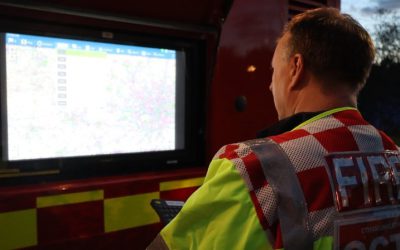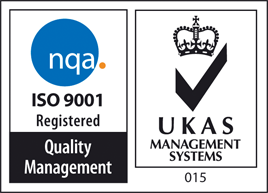FAA Pushes for Standardised Smoke Generator Testing in Aircraft Safety Certification
 As part of ongoing efforts to enhance aviation safety, the FAA has presented new research into the performance and standardisation of artificial smoke generators used in inflight smoke detection certification. The study, led by FAA research engineer Matthew Karp, emphasizes the need for more consistent and realistic test conditions to certify modern false alarm–resistant smoke detectors.
As part of ongoing efforts to enhance aviation safety, the FAA has presented new research into the performance and standardisation of artificial smoke generators used in inflight smoke detection certification. The study, led by FAA research engineer Matthew Karp, emphasizes the need for more consistent and realistic test conditions to certify modern false alarm–resistant smoke detectors.
Why Artificial Smoke Testing Matters
To safely test smoke detectors during aircraft certification, real fire sources are avoided due to health and operational risks. Instead, artificial smoke generators are used—but not all smoke is created equal.
Matthew Karp’s study underscores that for certification testing to be reliable, artificial smoke must closely mimic the particle size, light scattering, transport behaviour, and density of actual smouldering fires. Key variables like gas type, propellant pressure, and chimney heater temperature all affect how the smoke behaves—and therefore how effectively it triggers detectors.
Groundbreaking Test Methods
The FAA’s evaluation employed both small- and large-scale testing, including real-world simulations inside a DC-10 cargo compartment. Using advanced tools like:
- Light Scattering Measurements (LSM)
- Scanning Mobility Particle Sizers (SMPS)
- Light Obscuration Meters
- Vane Anemometers for smoke transport
The team measured aerosol size, optical density, vertical dispersion, and ambient stability.
Spotlight on the Concept Aviator UL
Among the tested devices, the Concept Aviator UL smoke generator was highlighted for its versatility and relevance. Tested under multiple configurations (varying heater wattage and gas pressure), the Aviator UL demonstrated:
- Particle sizes and optical signals close to real smouldering materials like cardboard and polyurethane foam.
- Detection times between 46–105 seconds, depending on heat and pressure settings—mirroring real smouldering fire scenarios.
- Stable aerosol production with consistent vertical smoke transport, essential for activating ceiling-mounted detectors.
This data reinforces the Aviator UL’s suitability for supporting inflight smoke detection testing and its alignment with the FAA’s vision for standardisation.
Key Conclusions
- Artificial smoke generators can closely replicate real fire aerosols, but their settings and parameters must be precisely defined.
- Detection time is directly affected by smoke density, particle size, and flow rate.
- Ambient temperature and pressure also impact smoke behaviour, making environmental compensation or robust generator design essential.
- There is currently significant variation in the equipment used across manufacturers—prompting a call for FAA-led standardisation of performance criteria.
What’s Next?
The FAA aims to develop a clear set of guidelines and performance standards for smoke generators used in aircraft certification. This would ensure that:
- Smoke tests are repeatable and realistic
- Detectors are certified under consistent and fair conditions
- The industry moves toward reduced false alarms without compromising detection speed
For more information, visit www.conceptsmoke.com.
Equipment used:







